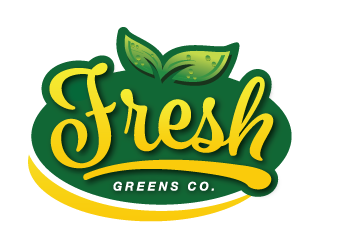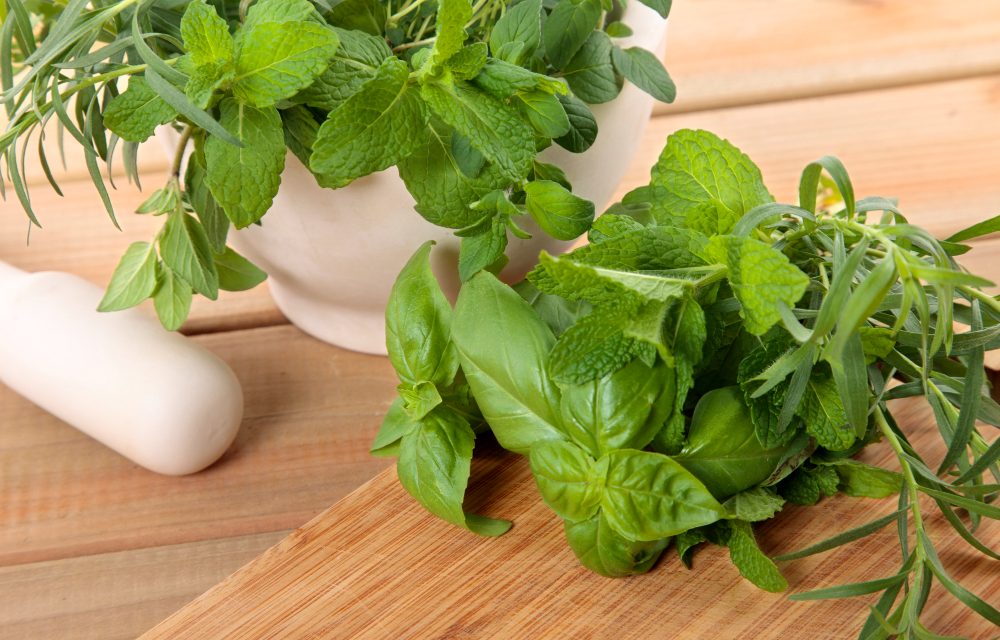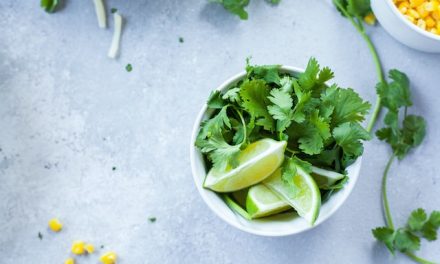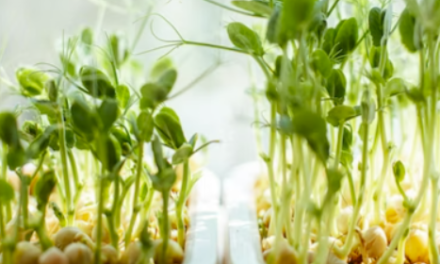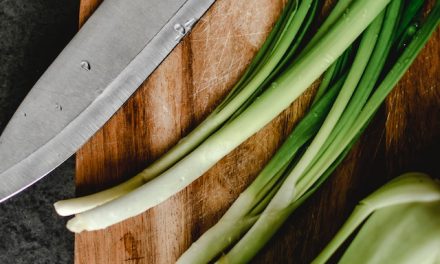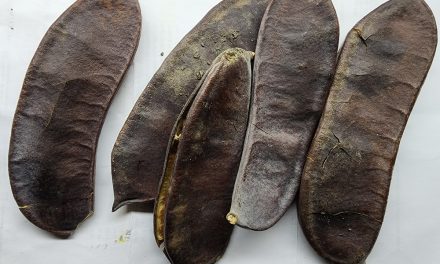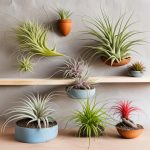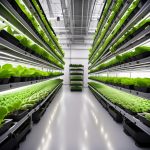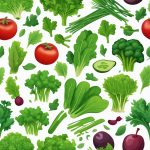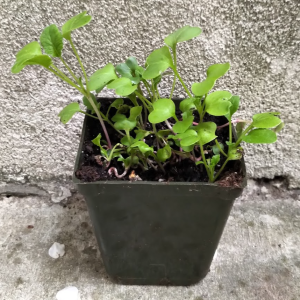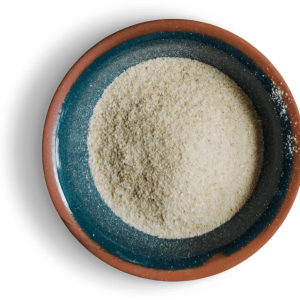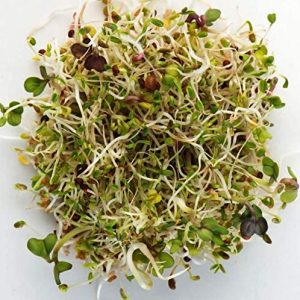Basil can be grown indoors in pots or outdoors in a garden.
Love it or hate it, basil is an easily recognized herb in its green leafy pungent form. I happen to love basil. Did you know it comes in dozens of colors, scents, sizes, and tastes? It also comes in a bush or shrub variety although these types aren’t typically used for culinary preparations. Basil can be grown year-round between your outdoor garden and your kitchen windowsill.
A Brief History of Basil
It is believed basil comes from the Greek word basileus. It means “king”. Or it may come from the Latin word basilicas which means “dragon”. In either case, the culinary world crowns basil as “the king of all herbs”.
Basil is native to many tropical areas.. It has been cultivated for over 5000 years. Over time, it has made its way to every corner of the world and into the households of most cultures. It is grown as an annual in most parts of the world. It needs the warmth of the sun, grows quickly, and requires little maintenance beyond picking and using it.
There are over 40 known varieties of basil of which Ocimum basilicum or Sweet Basil is the most commonly known and grown. Ocimum is from a Greek verb that means “to be fragrant.” Basil foliage colors range from a pale to deep green, it comes in purples and it can even have variegated leaves with purples and yellows. The leaves vary from fragile and silky, to thicker and crinkly and they may be dull or shiny. The leaves can be tiny or quite large. Flowers appear in summer on the ends of branches and are either white or lavender. Whatever plant you grow, it is always fragrant.
Basil varies in color, leaf size, and fragrance, and taste. You can find just about any kind of basil between locally available seeds, nursery stocks, and specialty catalogs. Basil is very easy to grow. It grows quickly and vigorously be it inside on your windowsill or outside in your garden.
Basil Uses
Basil is primarily a culinary herb. It is typical used as a fresh herb but can be used for its essential oils. Typically, basil is snipped and chopped and put right into the dish. The leaves can also be used whole in salads. Basil can be dried and used dried on fish, on meats, in pasta dishes, and in sauces. I can also be dropped into a bottle of white vinegar to create basil-flavored vinegar for cooking and salads.
The strongest basil flavor is found in the leaves. You can cook the leaves. You can eat them raw. You can crush the leaves for the aroma, minced them for intense flavor, or toss them on a plate as a garnish. The flowers are also edible and can also be used as a garnish as well.
Basil mixes well with other herbs. Garlic and basil make a great pesto. Add some lemon juice, oregano or time for a great taste. Butter, basil, and lemon go great on fish, lamb, veal, or poultry. Basil, dill, and butter do well together. Basil can be used in dozens of sauces. It can be minced up and added to your squashes and zucchini as a great summer vegetable dish.
How To Grow Basil Indoors
Basil can be grown year-round. Container-grown basil should be planted in well-drained soil or potting mix. Using the right soil type is important in order to grow basil inside with the best results. As basil is prone to rot, make sure pots provide decent drainage. Although soil should be kept relatively moist, it should not be soggy. If it does become too moist, the roots will be prone to rot. Growing basil indoors will require fertilizing. Depending on which variety of basil being grown, a general houseplant fertilizer can be used. Organic fertilizer also helps to maintain the ideal pH levels when growing basil indoors. Healthy pH levels are another important part of maintaining quality soil. You should monitor the pH levels of potting soil every four to six weeks for optimal growth. Ideal pH levels are often between 6.0 and 7.5.
Where else to Grow Basil
Basil can be grown in a designated herb garden, as part of your flower garden, as borders plants, on a deck in pots and containers, as plants in your hanging baskets, and indoors on the windowsill, a south facing window is ideal as basil thrives with decent light and plenty hours of sunlight. Basil will grow anywhere as long as it is warm and may need a grow light if there is limited sunlight, ideally it should have 6 to 8 hours a day of light.
Basil does not need a lot of soil or root growing room. It is a fast-growing annual plant. That is, it grows quickly and sets seeds. Once it sets seeds, energy production to the leaves is stopped and the plant typically loses its culinary value. Basil will even grow in a cup of water.
Basil can be bought as basil seeds or as plants. If growing from seed, you will want to plant basil every 2 to 3 weeks in the garden from seed. This will supply your household with basil all summer long. I mentioned it grows very quickly and aims to set flowers to seed. Pinch the flowers off as soon as the buds appear. This will keep the leaves growing longer. Eventually, the plant leaves will lose flavor but that should be about the time your other basil plants mature.
Basil plants from a nursery are great to tuck into containers and pots or to grow on your window sill. When you plant seeds, just follow the seed packets. Basil grows that easily. Just keep them watered and before you know it you will have basil plants cropping up all over the garden. When you grow plants or seeds in containers, make sure the pots and containers have drainage holes. Although you can grow basil in a clean cup of water, they don’t do well in soggy soil.
Picking and Storing Basil
Start picking basil when the plant is about a foot tall. Regular picking of the leaves will promote more leaf growth. You can pick selected leaves as it is maturing up to size, just don’t over pick the leaves. Once the plant is 10 -12 inches long you can not do much harm from heavy cultivation so you can pick as many sets of leaves as you wish.
Refrigerate and wrap the fresh basil leaves in damp paper towels inside a plastic bag. They can last 3-4 days that way. You can pick a stem and place it in a cup of water and in can last 5-7 days that way. If you are making pestos and sauces, you can freeze basil since it will be used in mince formed. Basil can also be dried and stored till the next growing season in a cool dark place.
Types of Basil
Anise basil
Camphor basil
Cinnamon basil
Cuban basil
Dark opal basil
Genovese basil
Lemon basil
Lettuce leaf basil
Licorice basil
Mammoth basil
Red basil
Purple basil
Purple ruffles basil
Sweet basil
Spicy globe basil
Thai basil
